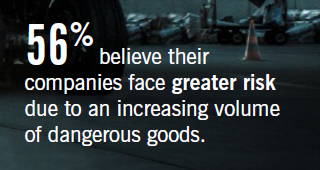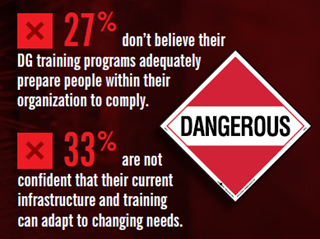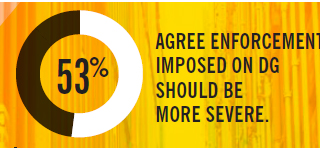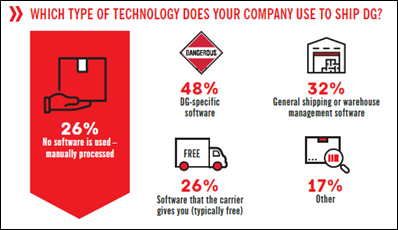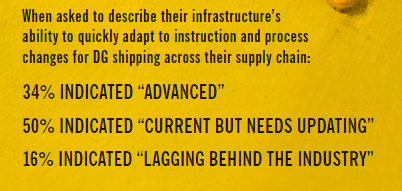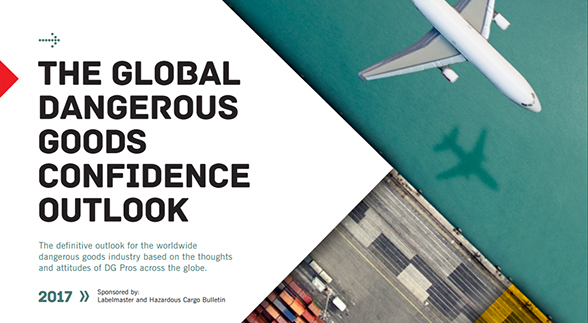 Can Dangerous Goods professionals make compliance a greater priority within their organizations? What’s holding them back?
Can Dangerous Goods professionals make compliance a greater priority within their organizations? What’s holding them back?
Those questions—and some intriguing clues to the answers—emerge in the results of the first-ever global survey of Dangerous Goods professionals.
The survey, a joint effort of Labelmaster and Hazardous Cargo Bulletin, polled more than 400 hazmat pros in North America, Europe, Asia and the Middle East about their roles, their concerns, their organizations and their views on the global supply chain.
The results showed that DG pros are as committed as ever to compliance and safety, but that their employers may not share the same commitment.
For a complete digest of the survey results, download The Global Dangerous Goods Confidence Outlook. Here’s a quick look at some of the survey’s highlights.
The changing DG/Hazmat landscape
With more than 3,600 items now classified as “hazardous” and shipping regulations continuing to expand and become more complex, DG pros say compliance is more critical—and challenging—than ever.
Yet the risk isn’t exclusively external. There’s considerable concern among hazmat pros that their own organizations simply aren’t prepared.
Meanwhile, the regulatory landscape seems to change every week, growing more complex and challenging. Hazmat pros don’t oppose new regulations—a sizable percentage believe they should be even more restrictive—but more than half agree enforcement against violators should be more severe.
The compliance investment gap
A company’s DG investment and infrastructure should reflect the impact compliance has on the business. But many display a serious gap in infrastructure, technology and training that hasn’t kept pace with the increased level of complexity and risk of the DG supply chain—a gap reflected by the added burden placed on DG pros by cost-cutting.
Amazingly, many companies entrust DG compliance to people who may not be completely focused on it, may not be adequately trained for it, and are doing the job part-time. Many supervisors don’t even know what a hazmat professional does.
Further adoption of supply chain technology
The most shocking result of the entire survey may have been that more than a quarter of respondents still do everything manually—as in, with pen and paper. They don’t even use the general shipping or warehouse software carriers provide for free.
What’s more, while hazardous materials grow more numerous and the rules governing their transport grow more complex, barely a third of DG pros call their companies’ DG infrastructure “advanced.”
Infrastructure, training and technology =compliance confidence
These survey results are troubling—but they also point the way toward a more confident future.
Companies involved in the Dangerous Goods supply chain need to continue to invest in their people, their training and their compliance infrastructure to help their DG professionals do their jobs. Technology and training cannot be viewed as just an added cost of doing business.
By making hazmat compliance a priority, shippers can be confident that their operations are fully compliant and safe.
For a complete look at The Global Dangerous Goods Confidence Outlook, click here
Labelmaster is a full-service provider of goods and services for hazardous materials and Dangerous Goods professionals, shippers, transport operators and EH&S providers. See our full line of solutions at labelmaster.com.
